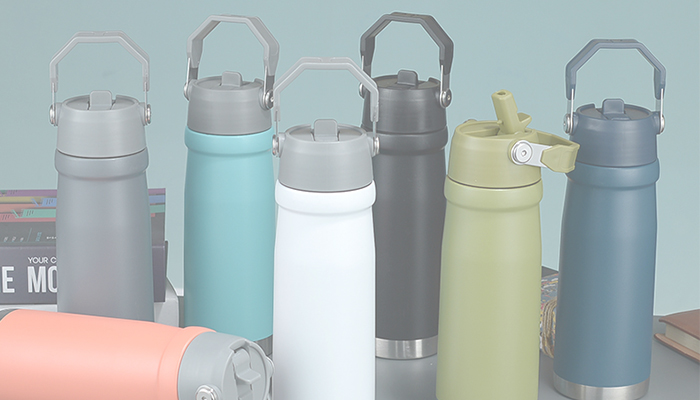Mastering Sunlight: Expert Tips for Capturing Stunning Photos in Bright Conditions
4 min readWhen it comes to photography, bright sunlight can be both a blessing and a challenge. While the natural light can enhance colors and create vibrant images, it can also lead to harsh shadows, overexposed highlights, and unflattering contrasts. To help you navigate these challenges and make the most of sunny conditions, this article will provide expert tips on how to shoot pictures in bright sunlight, ensuring your images are not only well-exposed but also artistically compelling.
Understanding the Challenges of Bright Sunlight
Before diving into techniques, it's essential to understand the specific challenges posed by bright sunlight:
- Harsh Shadows: Direct sunlight can create deep shadows that may obscure details in your subject.
- Overexposure: Bright light can easily lead to overexposed highlights, resulting in loss of detail in bright areas.
- Color Casts: The intensity of sunlight can sometimes create unwanted color casts, affecting the overall tone of your images.
- Dynamic Range: The contrast between the brightest and darkest parts of your scene can be extreme, making it difficult to capture a balanced exposure.
Techniques for Shooting in Bright Sunlight
- Utilize the Golden Hour
One of the most effective ways to mitigate the harshness of bright sunlight is to shoot during the golden hour—shortly after sunrise or before sunset. During these times, the light is softer and warmer, creating a more flattering atmosphere for your subjects. The low angle of the sun also helps to reduce harsh shadows and enhances the overall aesthetic of your photographs.
- Adjust Your Camera Settings
To combat the challenges of bright sunlight, consider the following camera settings:
- Use a Fast Shutter Speed: A faster shutter speed can help prevent overexposure by reducing the amount of light hitting the sensor. This is particularly useful when shooting in direct sunlight.
- Lower ISO: Keep your ISO as low as possible (e.g., ISO 100) to minimize noise and maintain image quality. A lower ISO will also help prevent overexposure in bright conditions.
- Aperture Control: Use a smaller aperture (higher f-stop number) to increase the depth of field and reduce the amount of light entering the camera. This can help maintain detail in both highlights and shadows.
- Employ Reflectors and Diffusers
Using reflectors and diffusers can significantly improve your images in bright sunlight:
- Reflectors: Position a reflector to bounce light onto your subject, filling in shadows and creating a more even exposure. Silver reflectors create a bright, crisp light, while gold reflectors add warmth.
- Diffusers: A diffuser can soften harsh sunlight, reducing contrast and creating a more flattering light. This is especially useful for portrait photography, where soft light can enhance skin tones.
- Find Shade or Use Backlighting
If possible, seek out shaded areas to shoot. Natural shade can provide a more controlled lighting environment, reducing harsh shadows and glare. Alternatively, consider using backlighting to your advantage. Position your subject with the sun behind them, creating a halo effect and allowing for a more ethereal look. This technique can also help to reduce the harshness of direct sunlight on your subject's face.
- Experiment with Composition
Bright sunlight can create interesting opportunities for composition:
- Silhouettes: Use strong backlighting to create dramatic silhouettes. Position your subject against the sun and expose for the background, allowing the subject to become a dark shape.
- Lens Flare: Embrace lens flare as a creative element. Shoot directly into the sun to capture flare effects, adding a dreamy quality to your images.
- Leading Lines and Shadows: Use the harsh shadows created by bright sunlight to your advantage. Incorporate leading lines and interesting shadow patterns into your composition to add depth and intrigue.
Post-Processing Techniques
Even with the best techniques, some images may still require post-processing to achieve the desired look. Here are a few tips:
- Adjust Exposure: Use software like Adobe Lightroom or Photoshop to fine-tune exposure levels, bringing back details in highlights and shadows.
- Color Correction: Correct any unwanted color casts by adjusting the white balance. This can help restore the natural tones of your subject.
- Contrast and Clarity: Increase contrast and clarity to enhance details and make your images pop, but be cautious not to overdo it, as this can lead to unnatural results.
Conclusion
Shooting in bright sunlight presents unique challenges, but with the right techniques and a creative approach, you can capture stunning images that showcase the beauty of natural light. By understanding the intricacies of exposure, utilizing tools like reflectors and diffusers, and experimenting with composition, you can transform the harshness of midday sun into a powerful ally in your photography. Remember, practice makes perfect—so get out there and start shooting!



